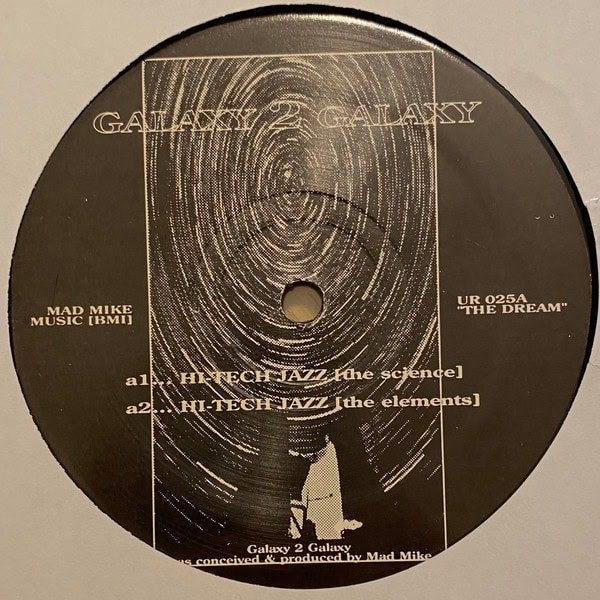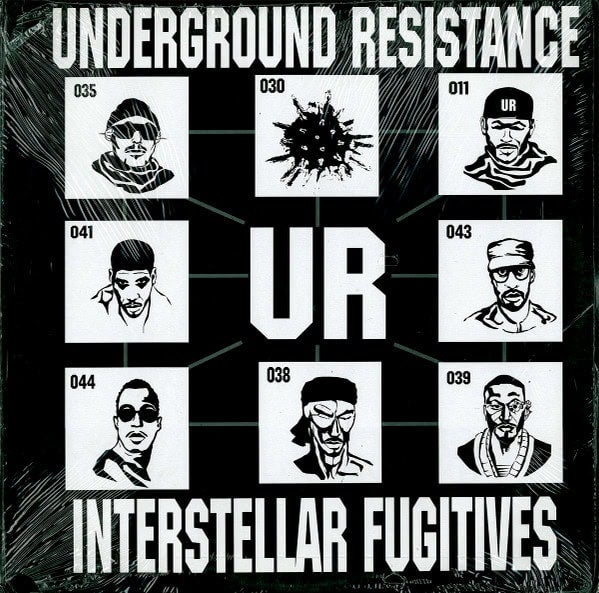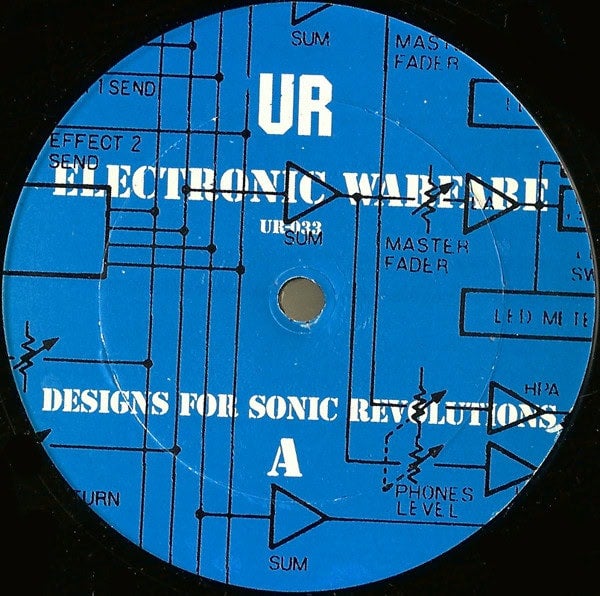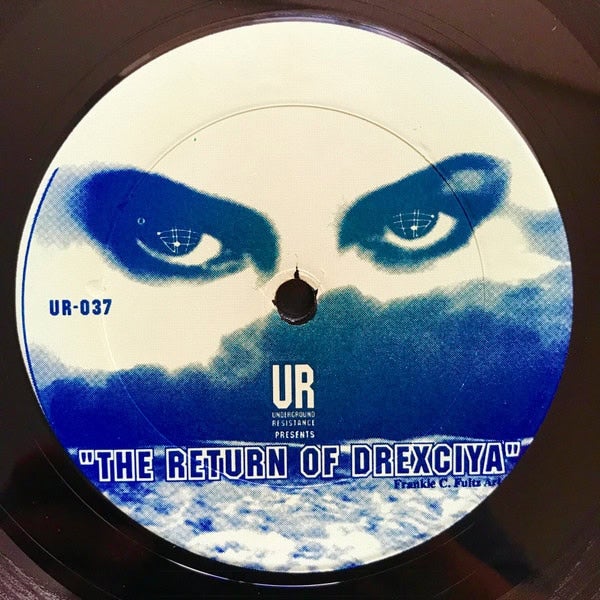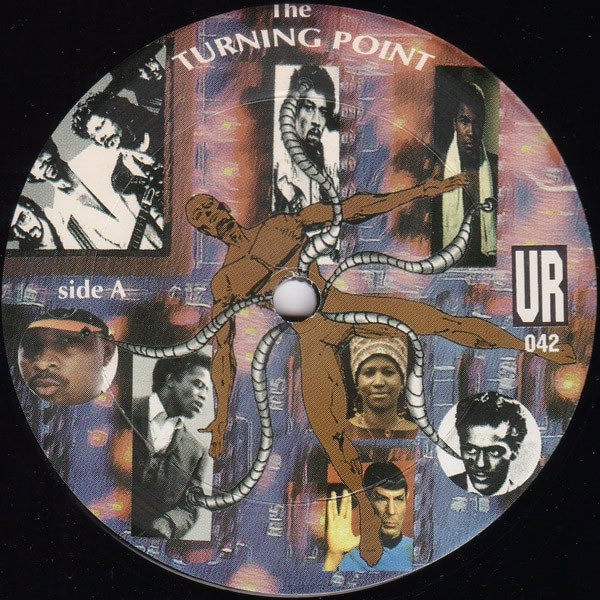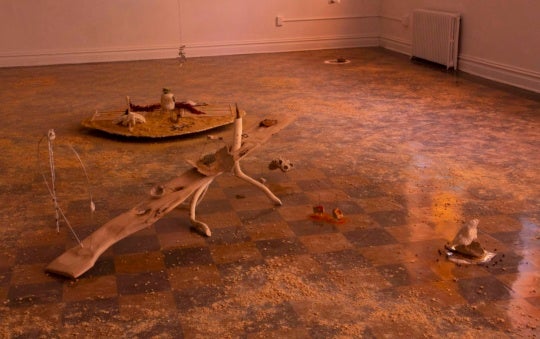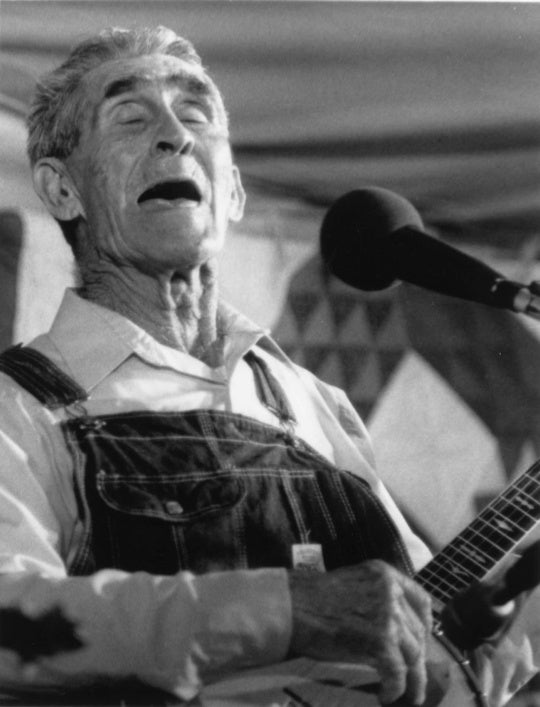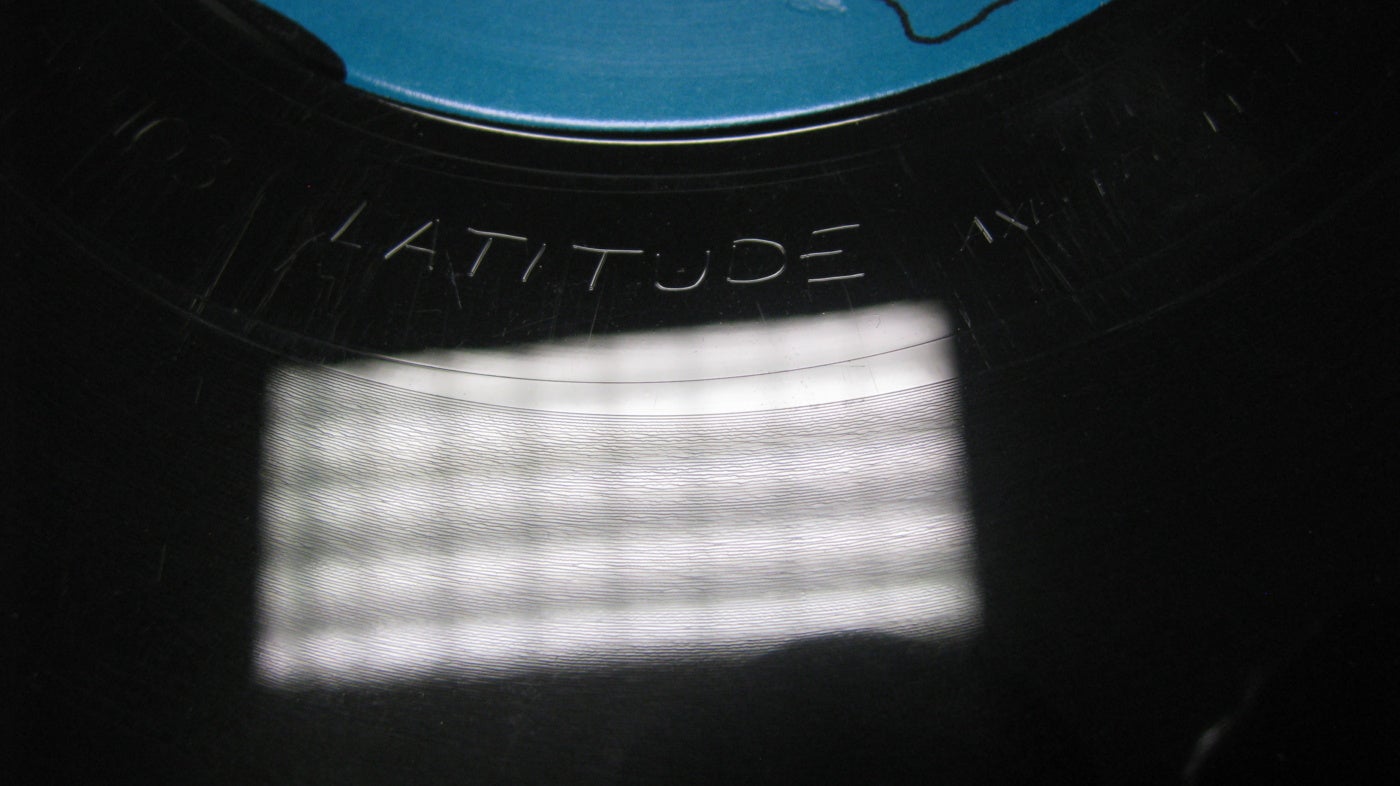
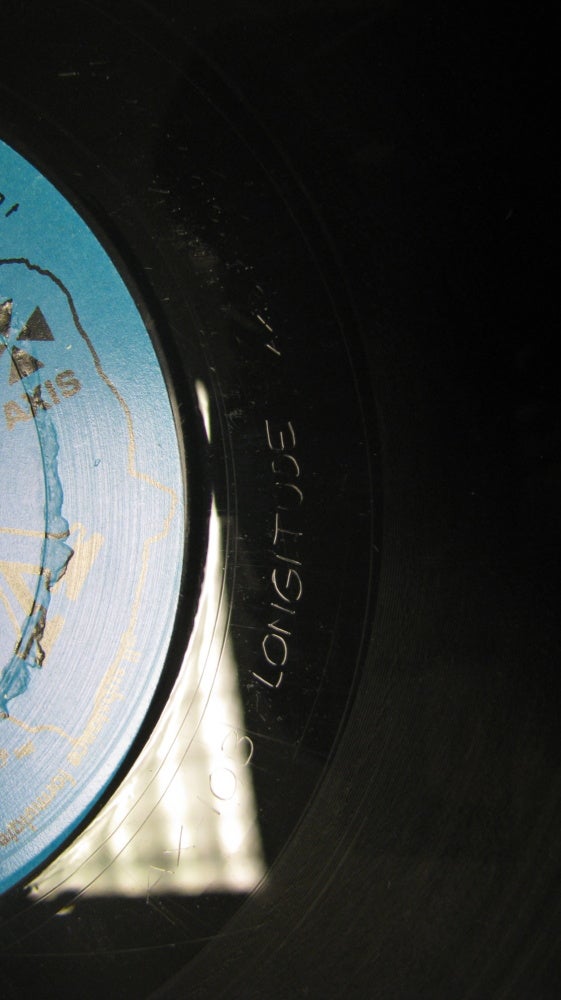
Annotation in Black culture has been historically used as a technology to further develop fugitive strategies via coded communications across time and space. A suggestion tool that hints at a communal interiority Blackness shares with Black people. A suggestion strong enough to train an imagining muscle to speak for itself (self-expression). Ultimately, Black culture is a tradition of finding one’s method of self-actualization through self-possession.
Systematic oppression yields to systemic expression. Down here, in the South, it has a name. Blues Epistemology, coined by Black studies scholar Clyde Woods, is “series of explanation that informs their daily life, organizational activity, culture, religion, and social movements.”1 A socio-spatial intellectual tradition from the American South that reassemblaged culture in the throes of negation from white supremacy.
Music, lyrical and instrumental, was (is) incredibly useful in circulating and affirming values of self-possession. This subset of mediated Black expression was later called the Blues.
Image Captions [In Order of Appearance]
Galaxy 2 Galaxy – Galaxy 2 Galaxy [UR 025], 1993
Matrix / Runout (Etching side D): UR 025-D ALPHA/OMEGA FINAL TRANSMISSION : I FOUND IT, THERE IS EXISTANCE OTHER THAN US, I HAVE TRANSFORMED. THE TONES ARE THE KEYS TO IT ALL! I’LL BE BACK. Mad Mike NSC
Underground Resistance – Interstellar Fugitives [UR 045], 1998
Matrix / Runout (Etching runout side A): UR 045-A Z = ZERO · X = EXPERIMENTAL MISSION NUMBER · U’ + R = ZX NSC
Matrix / Runout (Etching runout side B): UR 045-B RIGHT C OUSNESS CAN BE PERCEIVED AS RESISTANCE WHEN WHAT ONE RESITS IS EVIL ! NSC
Matrix / Runout (Etching runout side C): UR 045-C – DEEPER THAN YOU WANT IT TO BE – NSC
Matrix / Runout (Etching runout side D): UR 045-D NSC T’ “STRIKE FROM ANGELS UNKNOWN”
Matrix / Runout (Etching runout side E): UR 045-E – NEVER SEEN – ALWAYS THERE NSC
Matrix / Runout (Etching side F): UR 045-F “THIS HAS BEEN A HAUNTING ON BLACK VINYL” NSC
UR – Electronic Warfare: Designs For Sonic Revolution [UR-033], 1995
Matrix / Runout (Etching side D): UR033-D “YOUR LAWS MEAN NOTHING IN CYBERSPACE…. THERE WILL BE NO PEACE” NSC
Drexciya – The Return of Drexciya [UR-037], 1996
Matrix / Runout (Etching side A): UR037-A NSC You don’t know – what lurks in the fog
UR – The Turning Point [UR-042], 1997
Matrix / Runout (Etching Side D): SOUL, YOU CAN’T BUY IT… AND WE PITY THOSE WHO TRY UR 042-D NSC
***
Quickly, a social history: After the Haitian Revolution in 1804, and the region’s era of unspeakably harsh slavery practices began to slowly wane, the tensions ramped in the abstraction with second-class citizenship, surveillance, and censorship of expression as the West continues to ultimately see Black music as the devil’s music. Chaos incarnate prone to labels as ‘explicit’, ‘profane’, or ‘incendiary’.
As improvisation continues to develop in Black communities (making a way out of no way), this sensibility was then explicitly abstracted into a basic musical characteristic in a music now known as Jazz. This music was a culmination of modernity’s irrational apartheid politics as Jazz’s often voiceless interpretations of Blackness were still made taboo and understood as Black itself. Could the colonialists hear the shapes of resistance in the same voice/less music as we hear our own histories of feeling? It can’t just be our bodies. It’s become our inscription. Music another graffiti felt black as our skin.
One particular Black sound in this lineage of censorship continues to iterate on a continuous, expressive culture of implicit Black communication: techno, an amplified Black music rooted in early 1980’s Detroit. A social dance music that emerged from Chicago’s dance music scene, House, was centered around Blues chords and Black musical gestures sequenced and programmed on electronic drum machines (Such as the Roland 909) and synthesizers. A quote from one of the founder’s of the genre, Derrick May encapsulated the genre in a quote:
“a complete mistake… like George Clinton and Kraftwerk caught in an elevator, with only a sequencer to keep them company.”2
In-situ Detroit label ‘Submerge’ and its main outfit, ‘Underground Resistance’ (UR), spearheaded by “Mad” Mike Banks, Bridgette Banks, and Cornelius “Atlantis” Harris, with their economy of language in the material, sonic, and concise lyric, their collective has solidified their efforts as another rung in this Black musical tradition focused on cultural progression. Each artistic gesture emphasizing the other to better clue the other into what’s at stake; a way of seeing and connecting within and beyond our origins. In techno this is mostly done obtusely, as catching one’s attention with a hint can be as powerful as a yell—or as Banks calls it, “engineer[ing] the sound of a rumor.”3
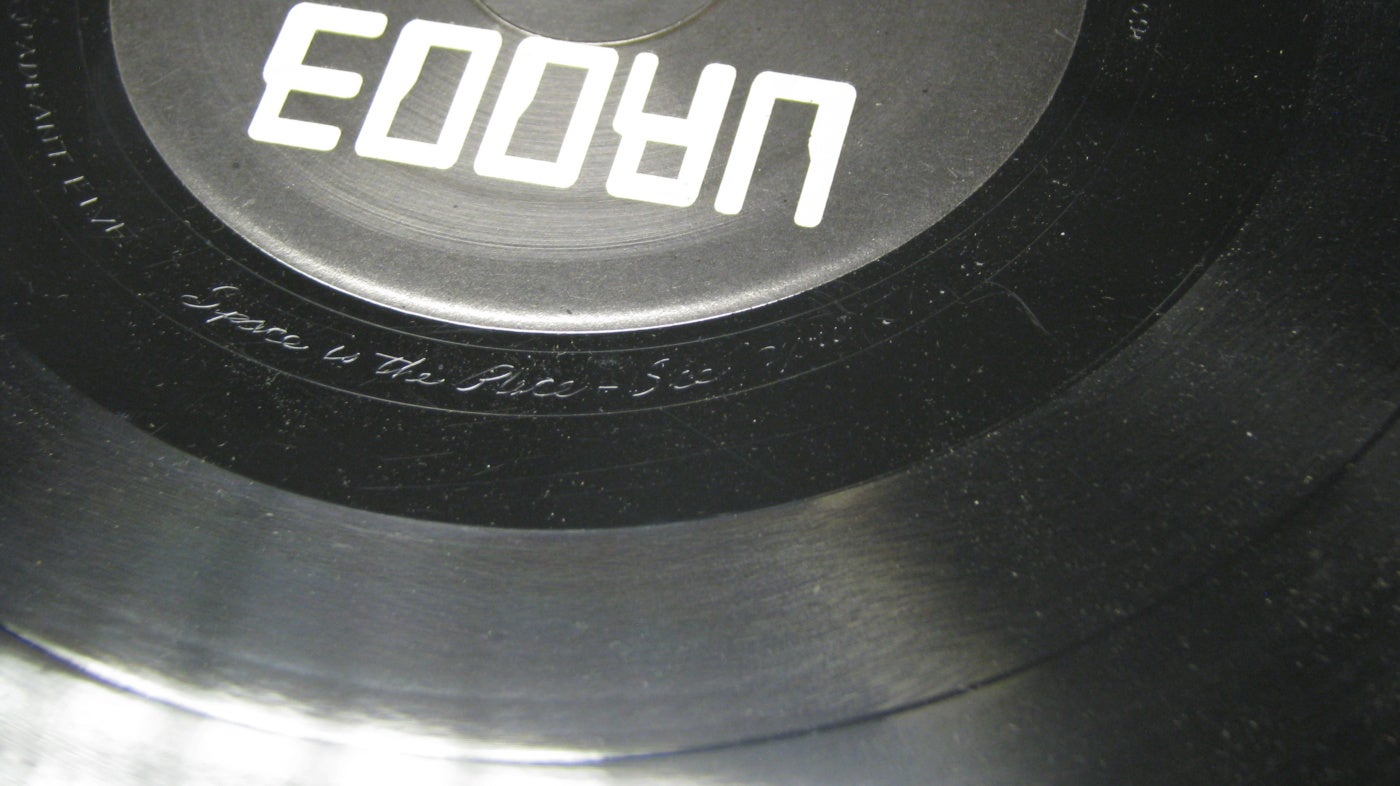
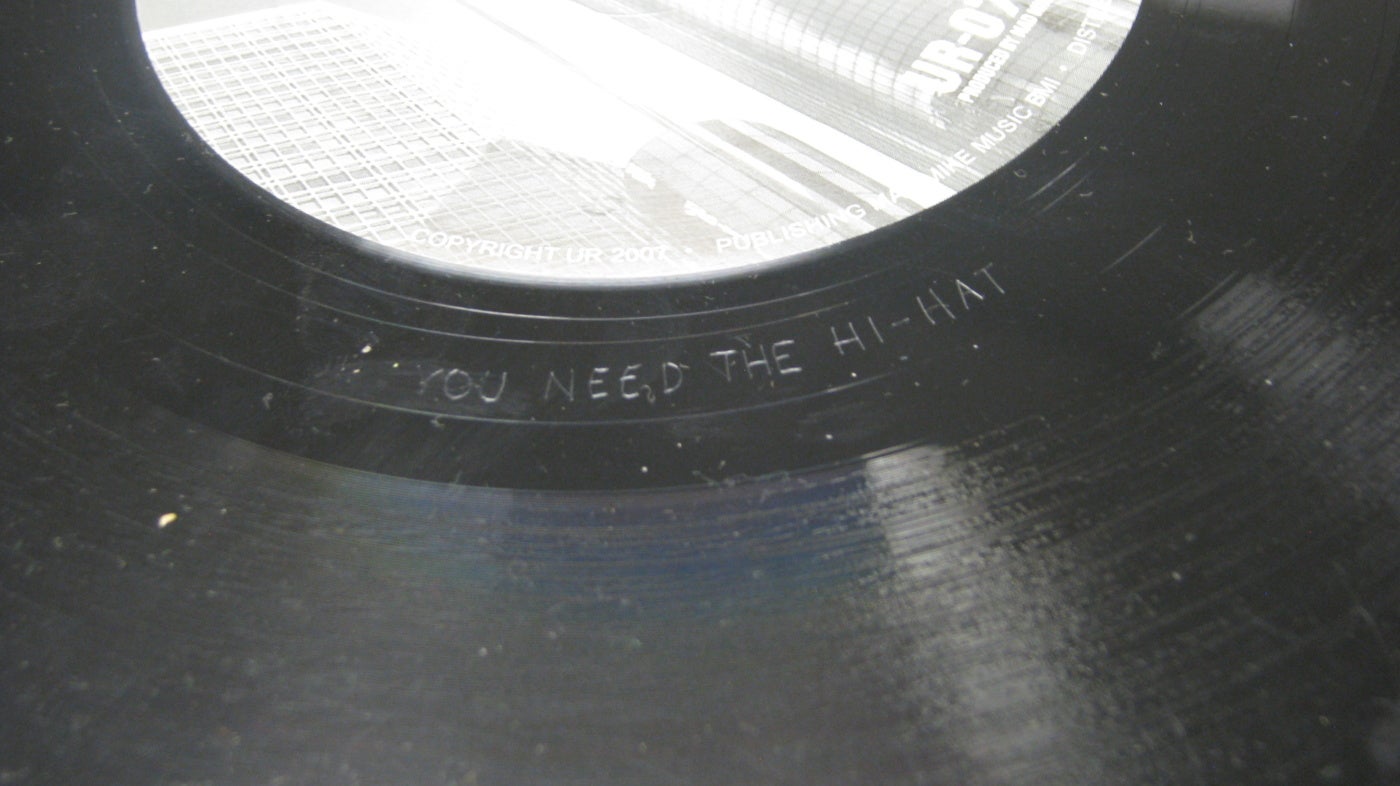
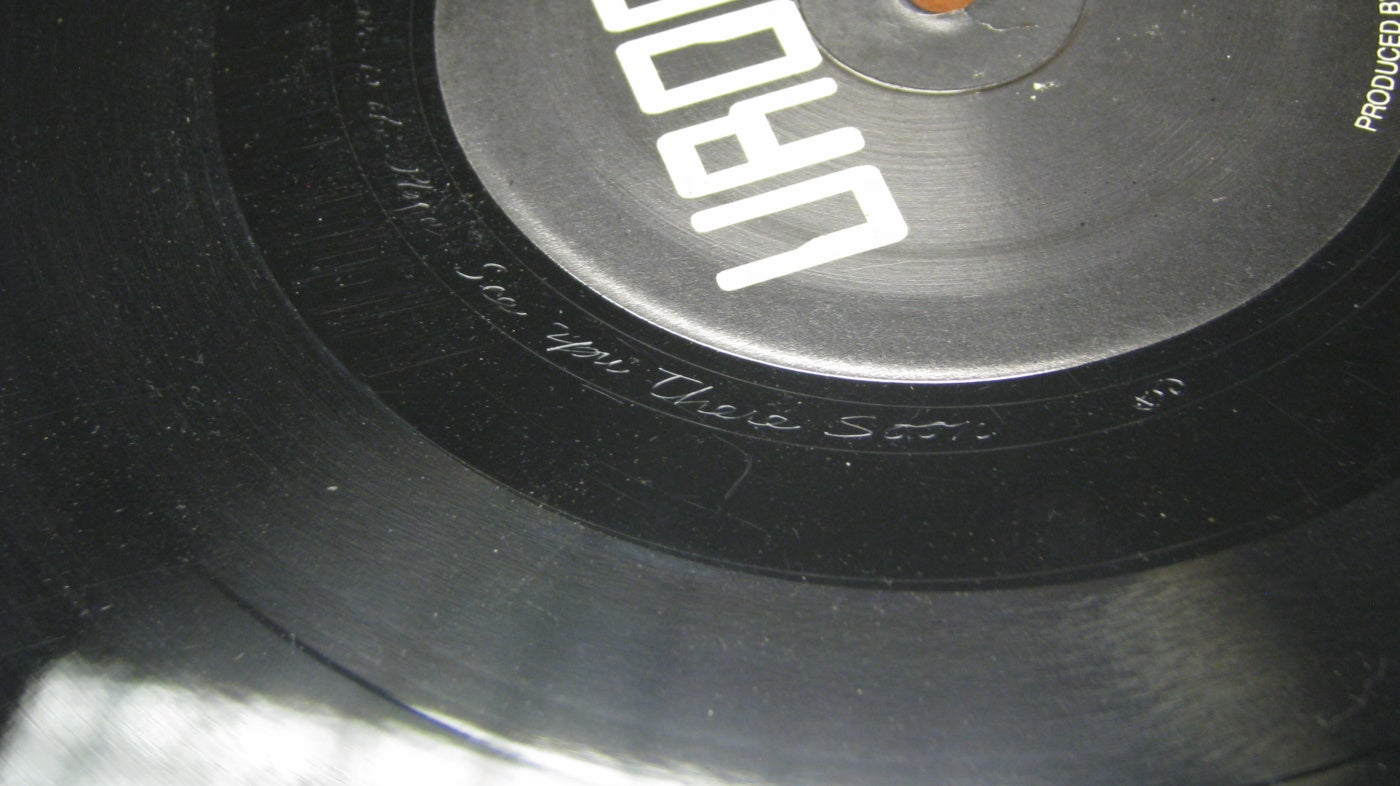
Annotation can embolden connection through coded language. But with encryption, there’s almost always a liberating act of vandalism at play. Making my mark where I shouldn’t on walls, on vinyl and across radio towers. For those who know, an act of self possession in a system that incentivizes and feeds off of the denial of self is a victory in and of itself.
Before the internet, analog and early digital formats of communication carried a tighter window of data transmission. For vinyl records, the same narrow parameters were present. With little room of inscription (about enough room for a sentence or two), vinyl annotation became a final gesture of imaginatory guidance.
Where can you place your final gasp in hopes someone hears it? Might this be your lasting memory in this object? The last engraving. The scribble. The jot. Your final message. Instilled graffiti that holds a double voice. What’s often perceived as an informal last thought might be the most important ingredient.
“In UR, when you make a record that makes it to vinyl, you get a number because at the end of the day, the record is all you’re going to be. It might be your last stand, it’s all the fuck you did in the world.”
– Mad Mike Banks, Dweller 2023
***
As a short vignette to the ancient future-past, fugitive strategies of communication within vessels of travel are nothing new. Enslaved African Dave the Potter annotates his memory and literacy into material culture as an act of underground resistance in 1800’s South Carolina.
I saw a leppard & a lions face
than I felt the need of – grace
3 November 1858
Making this jar: I had all thoughts
Lads & gentlemen: never out walks
30 January 1858
The forth of July is surely come
to blow the fife = and beat the drum
4 July 1859
Give me silver or; either gold
though they are dangerous; to our soul
27 July 1840
I made this jar for cash
thought its called lucre trash
22 August 1857
Brief inscriptions across time document taken shapes taking shape. Not in our image but with gestures of autonomy. A truer essence than what’s in the mirror. The format we somehow arrive into becomes our own poetic meter. Antecedent geologies of blackness upwelling to the surface.

[1] Clyde Woods, Development Arrested: The Blues and Plantation Power in the Mississippi Delta (Brooklyn: Verso Books, 1998), 28.
[2] Techno: The New Dance Sound of Detroit, Virgin Records UK, 1988, vinyl.
[3] Jon Caramanica, “For Techno Collective, the Politics Lie Ahead,” New York Times, December 16, 2014) https://www.nytimes.com/2014/12/17/arts/music/underground-resistance-speaks-of-music-and-politics.html.
[4] National Humanities Center, 2007: nationalhumanitiescenter.org/pds/pds.htm. In Jill Beute Koverman, ed., I made this jar . . . Dave: The Life and Works of the Enslaved African-American Potter Dave (McKissick Museum, University of South Carolina, 1998), pp. 90-91. Text of verses reproduced by permission of the McKissick Museum. Complete image credits at nationalhumanitiescenter.org/pds/maai/maai/imagecredits.htm.

